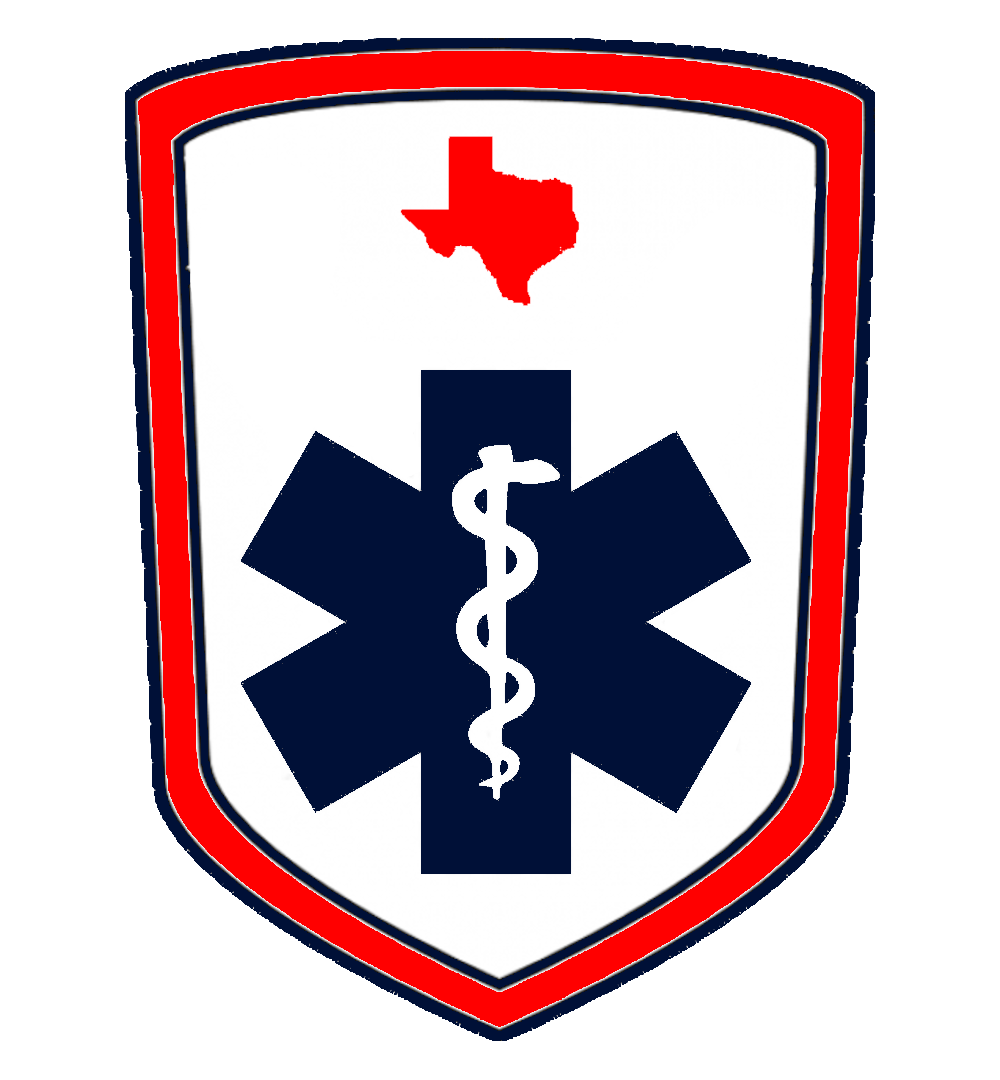Looking at becoming an Emergency Medical Services (EMS) professional in Texas? Well then, you’ll need to attend an accredited EMS school. With so many options available, it can be overwhelming to choose the right one. This guide provides an overview of the accreditation process, curriculum options, and tuition costs to help you make an informed decision about your education and career path.
Understanding Accreditation for EMS Schools in Texas
Accreditation is an important factor to consider when choosing an EMS school in Texas. Accreditation ensures that the school meets certain standards of quality and that the education you receive will prepare you for a career in EMS. In Texas, EMS schools can be accredited by either the Commission on Accreditation of Allied Health Education Programs (CAAHEP) or the Committee on Accreditation of Educational Programs for the Emergency Medical Services Professions (CoAEMSP). It’s important to check if the school you’re interested in attending is accredited by one of these organizations.
Curriculum Options for EMS Schools in Texas
EMS schools in Texas offer a variety of curriculum options to prepare students for a career in emergency medical services. Some schools offer Emergency Medical Technician certificate programs that can be completed in as little as six months. Others offer associate’s or bachelor’s degree programs that take two to four years to complete. The curriculum typically includes courses in anatomy and physiology, emergency medical procedures, pharmacology, and patient assessment. Some schools also offer specialized courses in areas such as pediatric emergency medicine or wilderness medicine. It’s important to research the curriculum options at each school to find the program that best fits your career goals and interests.
Career Opportunities for EMS Graduates in Texas
Graduates of EMS schools in Texas have a variety of career opportunities available to them. They can work as emergency medical technicians (EMTs) or paramedics for ambulance services, fire departments, hospitals, or other healthcare organizations. Some graduates may choose to work in specialized areas such as air ambulance services, search and rescue teams, or disaster response teams. Others may choose to pursue careers in education, research, or administration within the EMS field. The demand for EMS professionals is expected to continue to grow in Texas. This makes a promising career choice for those interested in healthcare and emergency services.
EMS School Tuition, What To Expect
While EMS school tuition can be expensive, there are many benefits to pursuing this career path, including job security, a fulfilling work environment, and the potential for a lucrative salary. EMS school tuition can vary depending on the program and location, but it typically ranges from a few thousand dollars to tens of thousands of dollars. Private programs generally offer the best value versus colleges or universities. And, there are a few private programs out in Texas that work with college/university degree programs officially.
While this may seem like a significant investment, it’s important to consider the potential return on investment. EMS professionals are in high demand, and many employers offer competitive salaries and benefits. Learn more about EMT salaries in Texas here…
